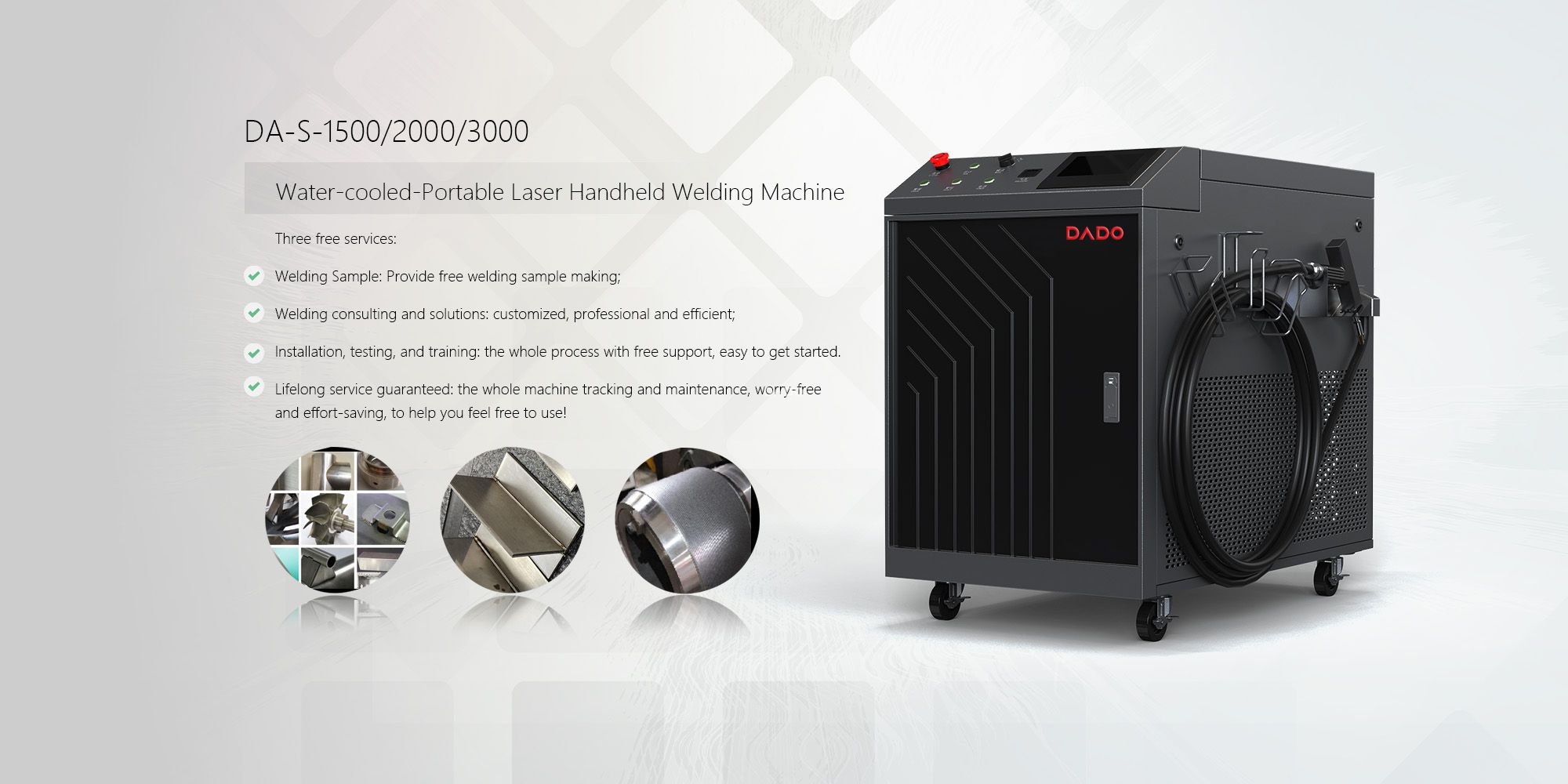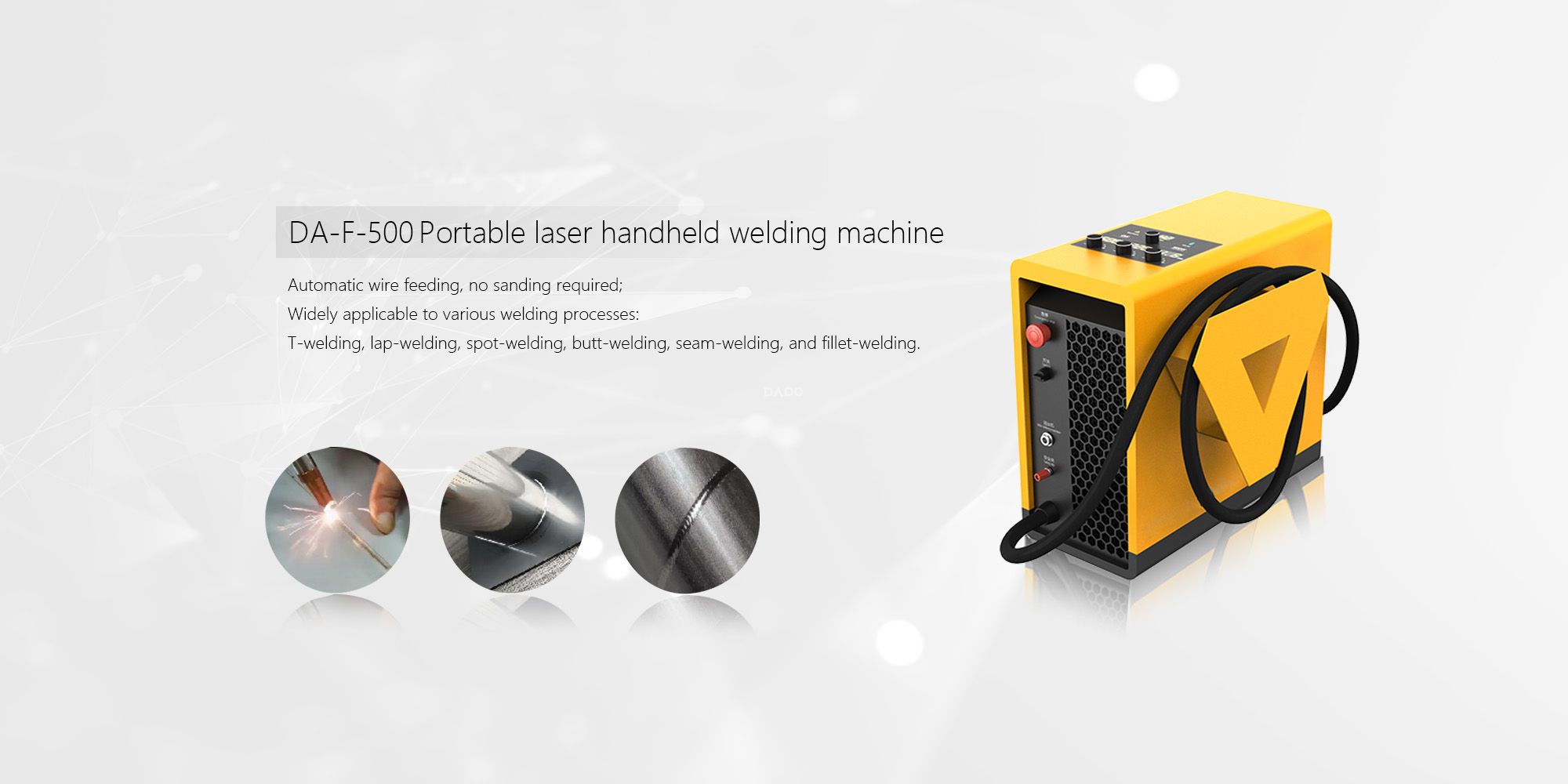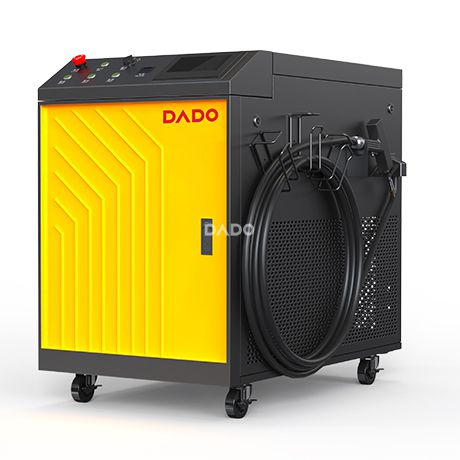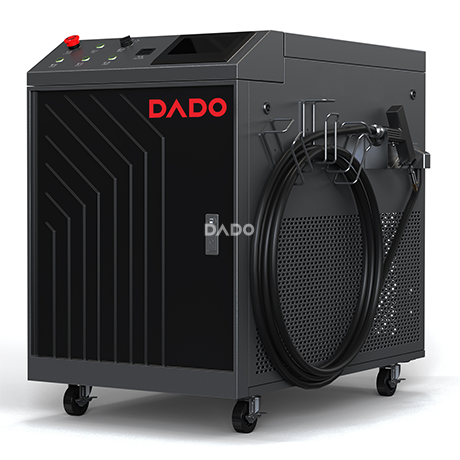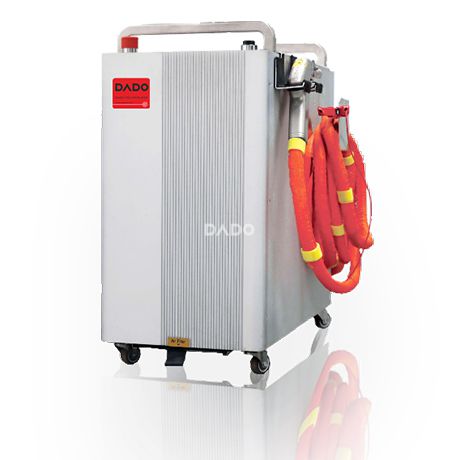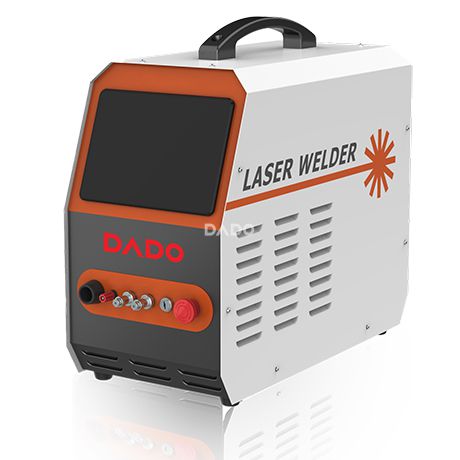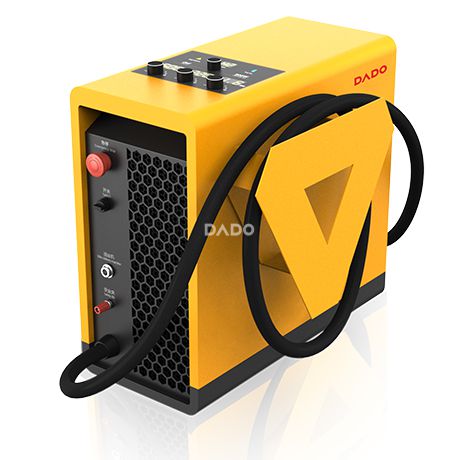Significant Advantages of Laser Cleaning Machines in the Automotive Parts Industry
Laser cleaning technology, with its unique non-contact, efficient, and environmentally friendly features, has shown unparalleled advantages in the automotive parts industry. This technology uses high-energy laser beams to directly act on the workpiece surface, precisely removing various impurities through photothermal and optical effects, bringing revolutionary changes to the manufacturing, assembly, and repair processes of automotive parts.
High Efficiency and Precision, Improving Production Efficiency
Engine Component Cleaning: For complex and precise internal engine parts, laser cleaning machines can quickly penetrate and remove stubborn dirt such as oil stains and carbon buildup, ensuring engine performance remains unaffected while significantly reducing cleaning time, thus improving overall production efficiency.
Brake System Cleaning: For critical brake components like brake discs and pads, laser cleaning technology can precisely control the laser beam to effectively remove metal debris and other small contaminants, avoiding surface damage that may occur with traditional methods, ensuring the safety and stability of the braking system.
Environmentally Friendly and Energy Efficient, Aligning with Green Production Trends
Laser cleaning does not require the use of chemical solvents or large amounts of water, reducing environmental pollution and wastewater treatment costs. Its high energy conversion efficiency also results in lower energy consumption, meeting the modern industrial demand for green and sustainable production.
Non-destructive Cleaning, Protecting Substrate Integrity
The non-contact nature of laser cleaning ensures that no mechanical stress or wear is applied to the automotive parts during cleaning, effectively protecting the integrity of the substrate and its original performance, thus extending the service life of the components.
Wide Applicability, Meeting Diverse Needs
Body and External Parts Cleaning: Laser cleaning machines can thoroughly remove various stains from the vehicle body, restoring the gloss and appearance of the vehicle, thus increasing consumer satisfaction.
Electrical Contacts Cleaning: For small dust and oxides on electrical contacts, laser cleaning technology can precisely remove them, ensuring the stable operation of the electrical system.
Wheel Hubs and Brake Line Cleaning: Quickly removing stubborn dirt like dust and asphalt from the wheel hubs to restore their appearance; simultaneously, it effectively cleans the inner walls of brake lines, ensuring smooth and safe braking force transmission.
Paint Cleaning and Scratch Repair: While protecting the car's paint, laser cleaning machines can remove surface scratches and imperfections, improving the overall aesthetics of the vehicle body.
Automation and Intelligence, Enhancing Production Flexibility
Laser cleaning machines are easy to integrate into automated production lines, enabling intelligent control that improves the flexibility and responsiveness of the production line. At the same time, their precise parameter adjustment functions make the cleaning process more versatile, catering to the cleaning needs of different components.
In conclusion, the application of laser cleaning machines in the automotive parts industry not only improves production efficiency and product quality but also promotes green production. As the technology continues to advance and costs decrease, laser cleaning machines will play an even more important role in the automotive parts industry, driving the transformation and upgrading of the entire industry.


 简体中文
简体中文
